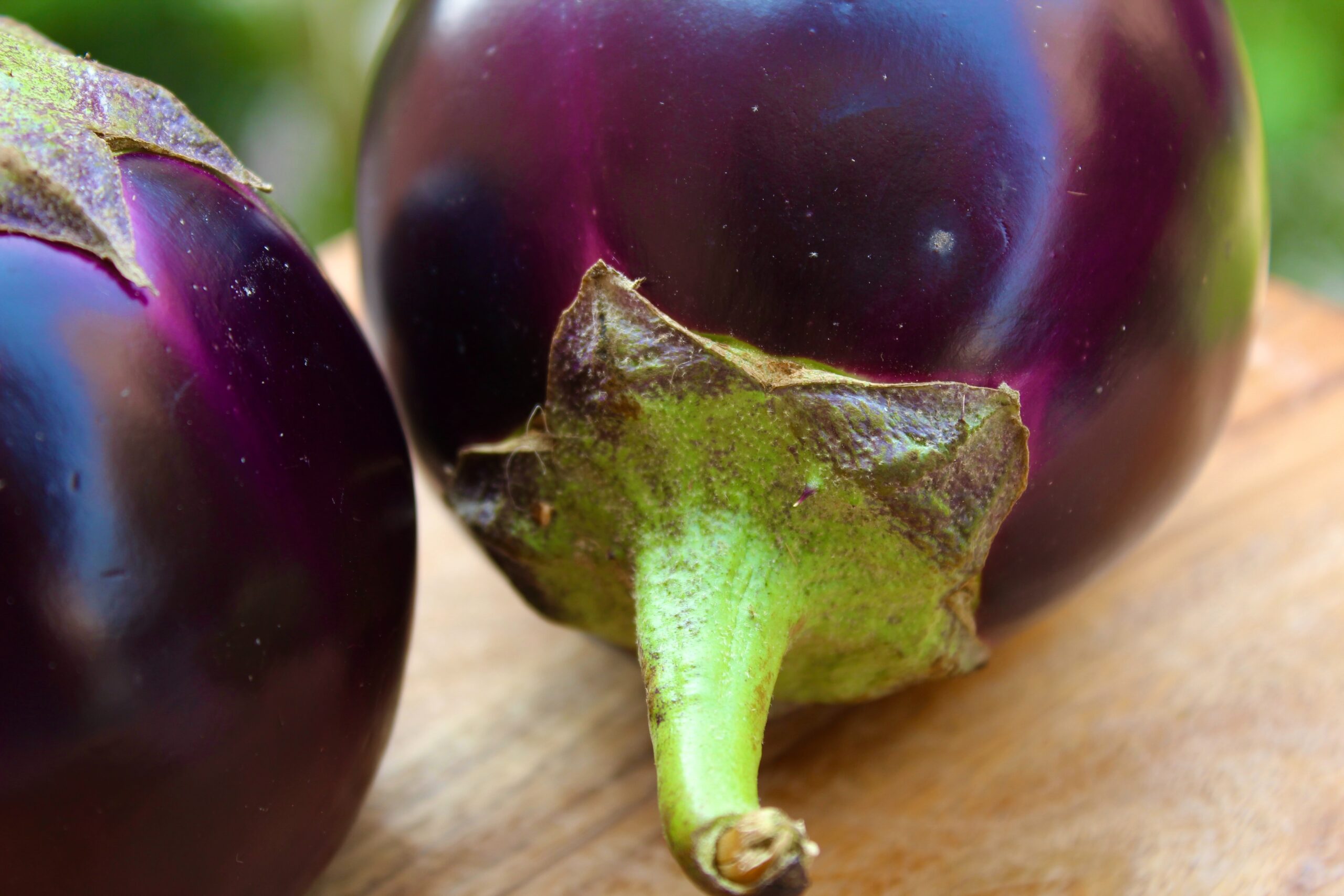Mastering Aubergine Cultivation in South Africa: A Comprehensive Guide
Aubergines, known as eggplants in some parts of the world, are a popular and versatile vegetable that thrives in South Africa’s diverse climates. Successfully growing these delicious purple gems requires careful planning and attention to detail. In this guide, we will delve into the secrets of cultivating aubergines across South Africa’s nine provinces, offering insights into the best varieties, ideal planting times, spacing, soil preparation, irrigation, fertilization, pest control, and more. Read on to unlock the key to bountiful aubergine harvests.
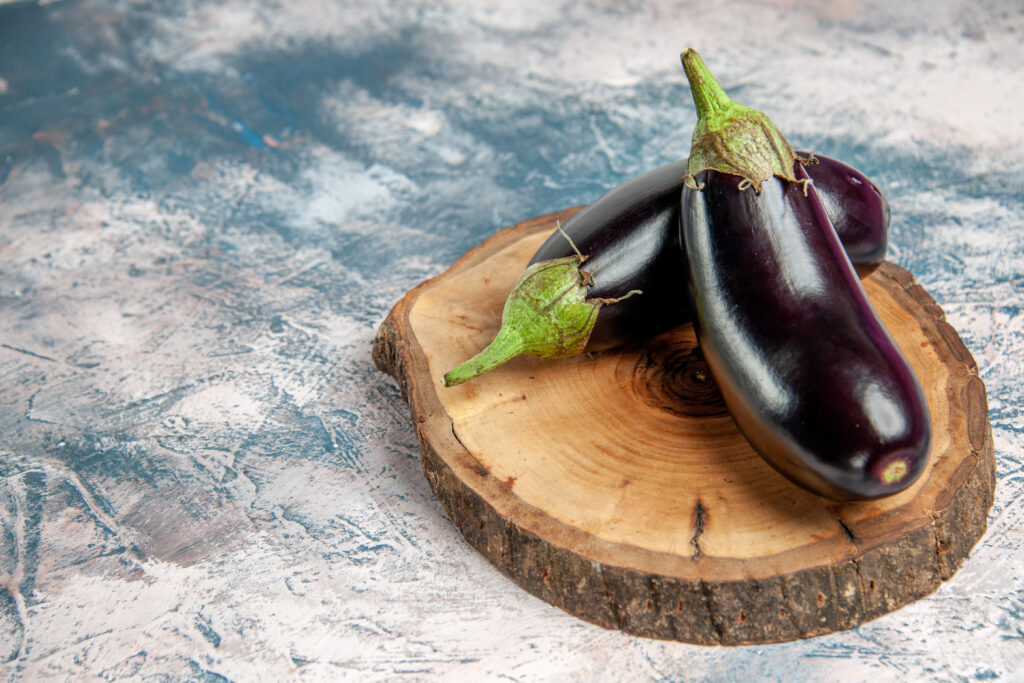
Choosing the Right Aubergine Variety for Your Province
South Africa’s varied climate zones necessitate selecting aubergine varieties that suit your specific region.
Here’s a province-wise breakdown of the best options:
Western Cape:
- Brigitte: Thrives in the Mediterranean climate of Western Cape. Expect an average yield of 15-20 fruit per plant, with a total weight of around 5-7 kg per plant.
- Angela: Another excellent choice for Western Cape, offering consistent yields of 12-18 fruit per plant, weighing approximately 4-6 kg per plant.
Eastern Cape:
- Leire: Well-suited to the subtropical conditions of Eastern Cape, ‘Leire’ yields an average of 14-20 fruit per plant, with a total weight of about 5-7 kg per plant.
- Florida Market: A reliable choice for the Eastern Cape, ‘Florida Market’ produces an average of 12-18 fruit per plant, weighing approximately 4-6 kg per plant.
Northern Cape:
- Sharapova: Flourishing in the arid Northern Cape, ‘Sharapova’ offers an average yield of 10-15 fruit per plant, with a total weight of about 3-5 kg per plant.
- Black Bell: Another suitable option for the Northern Cape, ‘Black Bell’ yields an average of 11-16 fruit per plant, weighing approximately 4-5 kg per plant.
North West:
- Violetta di Firenze: With its heat tolerance, ‘Violetta di Firenze’ is perfect for North West gardeners, producing an average of 14-20 fruit per plant, weighing in at 5-7 kg per plant.
- Ichiban: A versatile choice for North West, ‘Ichiban’ aubergines offer an average yield of 13-19 fruit per plant, with a total weight of about 4-6 kg per plant.
Free State:
- Long Purple: Thriving in the continental climate of the Free State, ‘Long Purple’ aubergines provide an average of 16-22 fruit per plant, weighing approximately 6-8 kg per plant.
- Dusky: A dark-skinned beauty, ‘Dusky’ is another excellent choice for the Free State, with an impressive yield of 18-24 fruit per plant, weighing around 7-9 kg per plant.
Gauteng:
- Angela: ‘Angela’ is well-suited to Gauteng’s conditions, offering consistent yields of 12-18 fruit per plant, weighing approximately 4-6 kg per plant.
- Brigitte: ‘Brigitte’ is also a reliable choice for Gauteng, with an average yield of 15-20 fruit per plant, with a total weight of around 5-7 kg per plant.
KwaZulu-Natal:
- Black Magic: ‘Black Magic’ is a favorite in KwaZulu-Natal, producing an average of 14-20 fruit per plant, weighing approximately 5-7 kg per plant.
- Leire: ‘Leire’ is another suitable option for KwaZulu-Natal, yielding an average of 14-20 fruit per plant, with a total weight of about 5-7 kg per plant.
Mpumalanga:
- Ichiban: In Mpumalanga’s warm conditions, ‘Ichiban’ aubergines stand out with an average yield of 15-21 fruit per plant, with a total weight of about 6-8 kg per plant.
- Sharapova: ‘Sharapova’ is also a good choice for Mpumalanga, offering an average yield of 12-18 fruit per plant, weighing approximately 4-6 kg per plant.
Limpopo:
- Nadia: Limpopo gardeners can rely on ‘Nadia’ for an average yield of 20-26 fruit per plant, well-suited to the province’s tropical climate, with a total weight of around 8-10 kg per plant.
- Black Bell: ‘Black Bell’ is another option for Limpopo, producing an average of 11-16 fruit per plant, weighing approximately 4-5 kg per plant.

Brigitte Aubergine

Angela Aubergine

Leire Aubergine
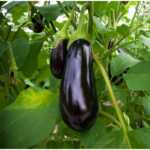
Florida Market Aubergine

Sharapova Aubergine

Black Bell Aubergine

Violetta di Firenze Aubergine

Ichiban Aubergine

Long Purple Aubergine

Dusky Aubergine
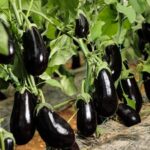
Black Magic Aubergine
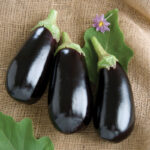
Nadia Aubergine
Aubergine Planting Essentials
Now that you’ve selected the ideal variety for your province, it’s time to get your hands dirty.
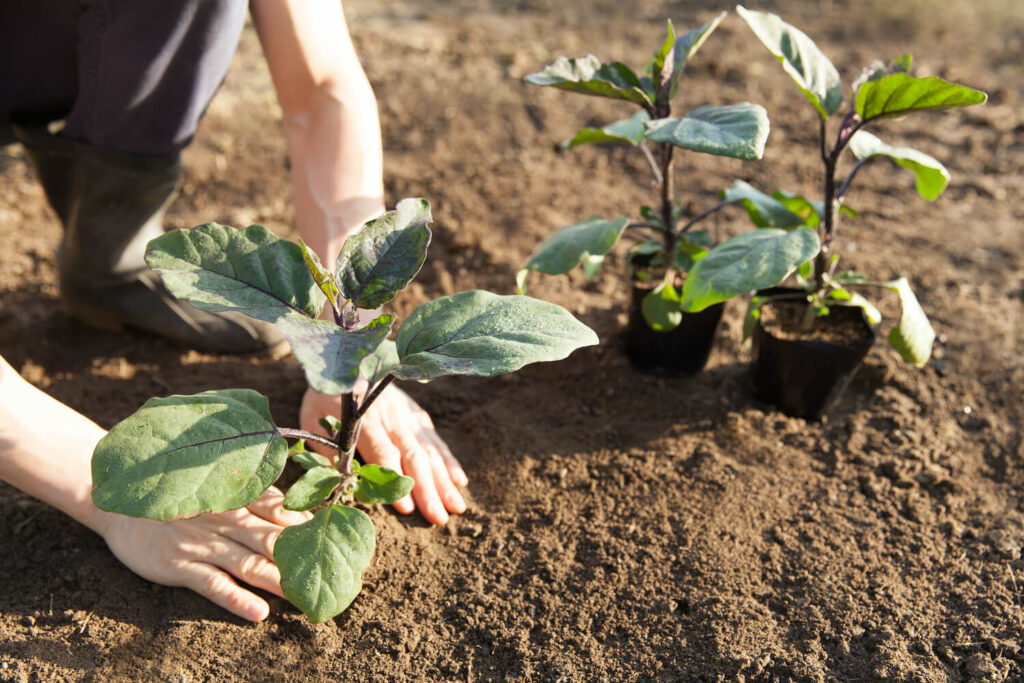
Here are the key factors to consider:
Best Time to Sow:
- Sow aubergine seeds indoors from late winter to early spring, around 8-10 weeks before the last frost date in your area.
Best Time to Plant:
- Transplant your seedlings into the garden when all danger of frost has passed and daytime temperatures consistently reach 21°C.
Plant Depth:
- Plant seedlings with at least two true leaves at a depth of 5 cm in well-prepared soil.
Plant Spacing (in cm):
- Maintain a spacing of 60-90 cm between aubergine plants in rows.
Row Spacing (in cm):
- Space rows 90-120 cm apart to allow adequate air circulation.
Soil Preparation:
- Ensure well-draining soil with a pH level between 5.8 and 6.5.
- Incorporate organic matter like compost or well-rotted manure to enrich the soil.
Irrigation Frequency and Fertilizer Requirements
Watering for Aubergine Success
Irrigation Frequency:
- Provide consistent moisture to aubergines, aiming for 2.5 cm of water per week, especially during dry spells.
Fertilizer Requirements:
- Begin with a balanced fertilizer at planting time and switch to a high-phosphorus fertilizer as flowers form.
- Apply a liquid fertilizer every 2-3 weeks during the growing season.
Guarding Against Pests and Diseases
Aubergines are susceptible to various pests and diseases. Implement these preventative measures and identify potential problems early on:
Common Pests:
- Aphids
- Whiteflies
- Spider mites
- Flea beetles
Pest Control:
- Use neem oil or insecticidal soap for aphids and whiteflies.
- Spray a fine mist of water to deter spider mites.
- Apply diatomaceous earth for flea beetles.
Common Diseases:
- Verticillium wilt
- Fusarium wilt
- Blossom end rot
- Anthracnose
Disease Prevention:
- Rotate crops to prevent soilborne diseases.
- Maintain consistent soil moisture to prevent blossom end rot.

Caring for Your Aubergine Plants
Proper care and maintenance are essential for healthy aubergine plants throughout their life cycle:
Support Structures:
- Stake or cage your plants to support heavy fruiting.
Pruning:
- Trim lower leaves to improve air circulation and reduce disease risk.
Mulching:
- Apply a 5-10 cm layer of organic mulch to conserve moisture and suppress weeds.
Harvesting and Handling
Knowing when and how to harvest is crucial for flavorful aubergines:
Best Harvest Time:
- Harvest aubergines when they are glossy, firm, and reach their mature size, typically 15-20 cm (6-8 inches) long.
Harvesting Technique:
- Use a sharp knife or pruning shears to cut the stem, leaving a small portion attached to the fruit.
Storing and Transporting Aubergines
Best Storage Circumstances:
- Store aubergines in a cool (10-12°C), dry place.
- Place them in a perforated plastic bag to maintain humidity.
Transportation and Handling:
- Handle aubergines with care to prevent bruising or damage during transport.
Conclusion
Cultivating aubergines in South Africa can be a rewarding experience, provided you choose the right variety, follow proper planting techniques, and care for your plants diligently. By adhering to the guidelines outlined in this comprehensive guide, you’ll be well on your way to enjoying a bountiful harvest of these delicious vegetables. Remember to adapt your approach to the specific conditions of your province, and always be vigilant in monitoring for pests and diseases to ensure a successful aubergine-growing journey.
Written by: Nicolene Oosthuizen

